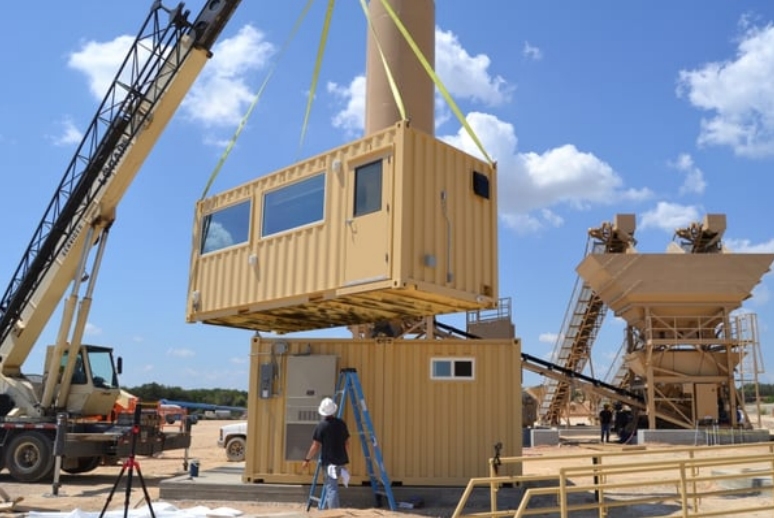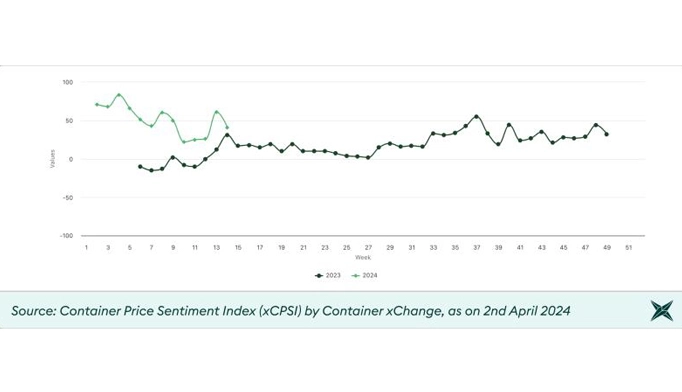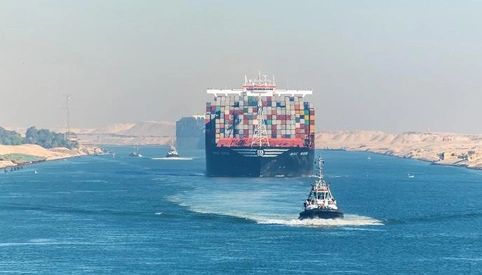2024/09/02

The practice of stacking shipping containers to craft bespoke container edifices has emerged as a reliable method in modular construction. These structures serve as corporate offices, workforce accommodations, and a myriad of other uses. While containers are typically piled on ships as cargo units, transforming them into modified buildings necessitates specialized knowledge. Here’s what you need to understand about the safe stacking of containers.
Stacking Shipping Containers: Key Considerations from the Outset
It is crucial to ensure that you make prudent and secure decisions when preparing for a multi-container structure. Opt for “one-trip” containers that exhibit minimal wear from transit, and ensure they are modified with essential structural reinforcements. The structural integrity of your containers is of utmost importance.
Additionally, collaborate with container experts, as well as architects and engineers, to meticulously plan your design, especially considering its complexity.
How to Stack Shipping Containers Upon Arrival: A Step-by-Step Guide
Setup crews can employ a crane to effortlessly hoist the containers from the delivery trucks and commence stacking immediately. Utilizing a crane ensures the containers are stacked safely, swiftly, and with precision.
The crew should secure the crane to the four upper corners of the container, known as corner castings, which are specifically designed for crane operations on ships. Corner castings are crucial for stacking modified containers into larger structures.
Alternatively, an industrial-sized forklift, capable of lifting at least 15,000 lbs with forks measuring at least 96 inches, can be used to unload and stack the containers. However, this method is typically more time-consuming and necessitates a highly skilled forklift operator who is well-versed in handling containers.
How Do Shipping Containers Lock Together?
As the crew positions the shipping containers atop one another, precise alignment is paramount. Crew members often assist the crane operator in guiding the container as it descends.
Twist locks are mechanisms that secure the four corners of a shipping container to one another during stacking. Multi-unit structures are frequently anchored to a pre-poured foundation using modified twist locks to enhance stability. Ultimately, the top container must be placed on twist locks to secure it to the container below. These locks ensure that the stacked containers remain secure, immovable, and safe.
How High Can You Stack Shipping Containers?
While at sea, containers can be stacked up to nine units high. For modified structures, the height depends on the specific building requirements.
For on-site office spaces, stacking containers two or three units high is advisable for safety, considering the impact of wind on taller structures.
Conversely, if a construction company intends to use containers as modular building elements for a large structure—one with a comprehensive plan for structural and framing reinforcements—greater heights can be achieved. Engaging experienced teams early in the design process is crucial for such complex builds.


